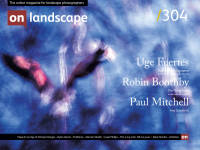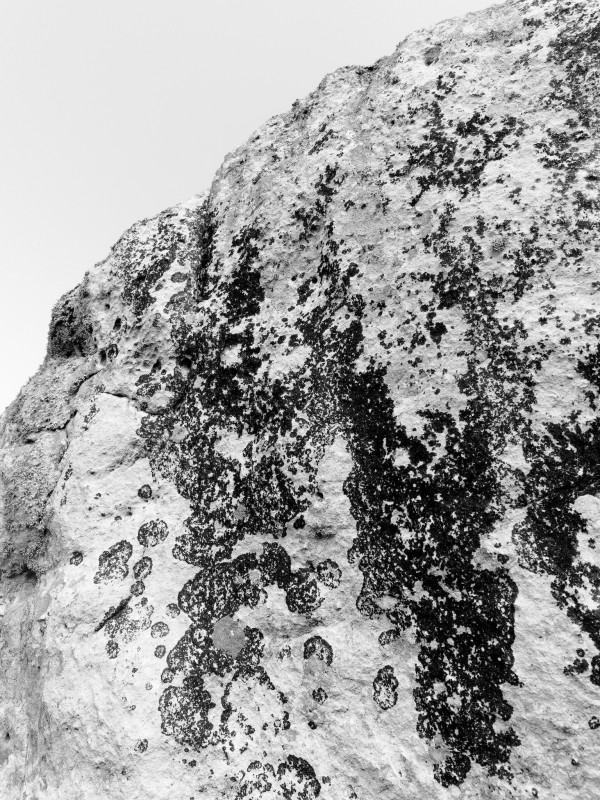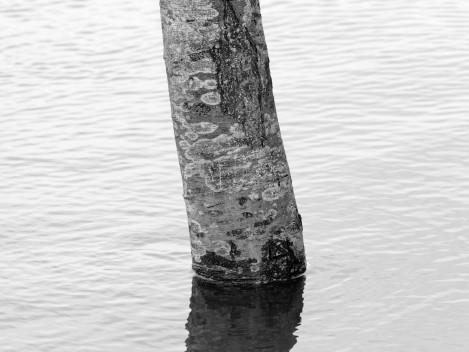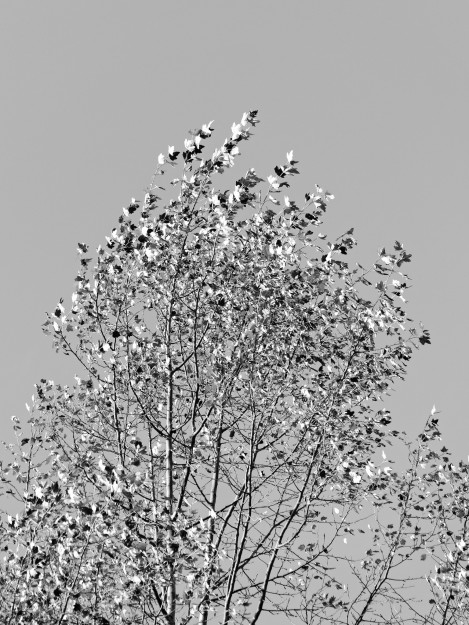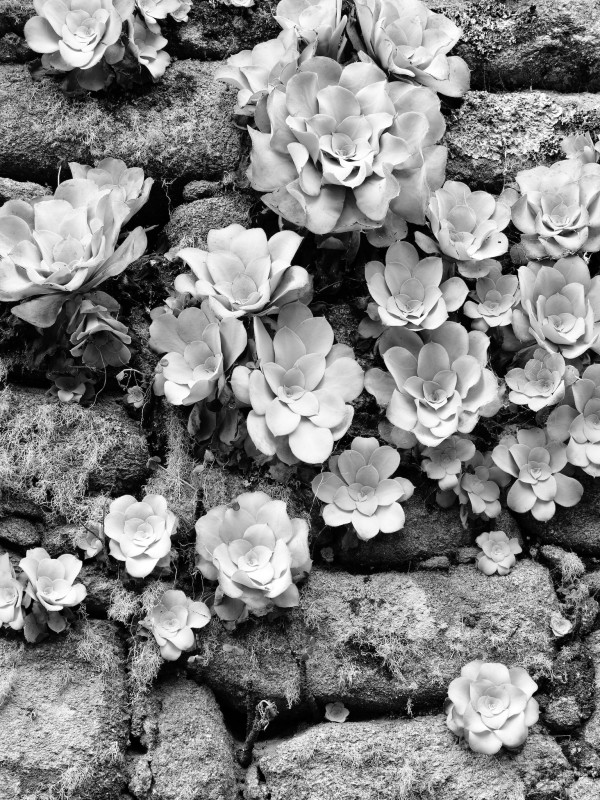Geo-Mythology

Dylan Garcia
Dylan Garcia is a lens based artist living in southern England. He is a member of OVADA Oxford. He has exhibited at Quay Arts on the Isle of Wight (UK), The Grange Rottingdean in Brighton (UK), The Institute of Photography in Falmouth (UK) Hollybrook Gallery and The Reading Biscuit Factory Cultural Hub, Reading (UK). He has work in the To The Sea, Exhibit in St Gilles Croix de Vie (France). He also has work in the Healing Nature Exhibition, Artdoc Magazine.
Dylan has a BA in Graphics (Photography) from Norwich School of Art, MA Photography from Falmouth University and holds ARPS from the Royal Photographic Society.
Dylan Garcias practice deals with issues of time, history, mythology and issues of human consciousness and how this relates to the natural world.
I grew up on the Isle of Wight, which led me to access and enjoy the landscape. As I became more knowledgeable, I became fascinated by the history that I could see in the landscape. When I was walking, I would ask myself what was over the next hill or around the next corner. I am still exploring what is over the horizon or around the next bend of a river. I am exploring the physical world but now also the world of Ideas.
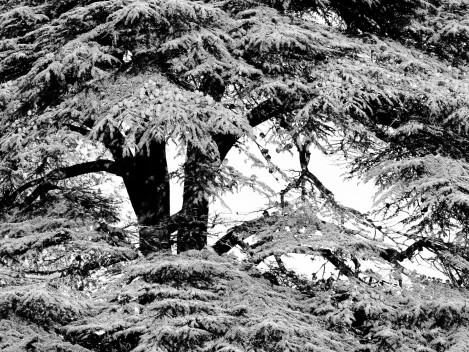
During my MA at Falmouth, I started a Project called Brythonic (Celtic-Wales-Cornwall-Brittany Culture). This project deals with the landscape and the human nature relationship. There are legends of sunken lands that, due to human action, are now lost below the waves. These are Lyonnesse (Cornwall), The Lowland Hundred (Wales), YS (Brittany). We are again in the times of rising sea levels due to climate change, but this is not the first time. There is a message of hope in my project. We have survived changing sea levels in the past, so we will do so now.
There are many different ways of viewing the Landscape. This Project deals with the landscape of ideas as well as the physical landscape. One of the concepts used is Geo-Mythology, the idea that historic climatic and geological events eventually become Myths. My Project also deals with the idea that the UK will become more tropical, a tropical Britain. We are returning to a tropical Britain. If you went back in time, you would find lions and hippos living on the banks of the River Thames.
Texture, form and tonality are aspects of my work used to create a feeling of the past. I Shot on digital and used DXO Filmpacks (Ilford Delta 100) to create black and white images. This was to create a consistent look and feel. The Camera system was Olympus (as it was), M4/3 system. On this project, portability was more important than ultimate image quality. To create the project, I visited the South East and the South West of England. I searched for a range of Wild and Ancient locations.
I am someone who finds images as opposed to someone who creates images. For me, it was more about knowing which locations would be rich in photographic material. Avebury in Wiltshire is deep in levels of history and a great photographic location. Falmouth in Cornwall I knew from past visits has a good selection of tropical plants. A good example of finding what I need, not what I was looking for, is when I travelled to Port Meadow in Oxford. I was looking to visit the Godstow Abbey Ruins, but due to flooding, I could not access them. The Flooding became the subject of the visit. The Flooding images were relevant to the concepts of rising sea levels and lands lost below the waves.
Climate change will affect the landscape now and in the future, but how do I photograph this? I look at the past as a guide to the future. My photographic project breaks down into 4 areas.
- Tropical plants: This is to show the future plant life of the UK as global warming continues.
- British trees. This shows the period from 10,000 years ago to now but also the fact that life will always return.
- Water and Flooding. This is to show our immediate future. Rising sea levels will lead to settlements and lands disappearing underwater. The Water images also reference lands we have lost in reality and legends below the sea.
- Photographs of ruins, standing stones, and the human impact on our landscape. The images of ruins are to show the civilisations and cultures that we have lost. Civilisations that have been lost to the sands of time. The message is that we are still here. This means that we have survived climate change in the past and will survive it in the future.
Rivermead Park is one of my local parks. When visiting, I saw this silver birch tree blowing in the wind. The tree represents immortality and hope. The silver birch tree is a pioneer species. This means that when the last Ice Age left Britain, it was one of the first plants to return. I see the silver birch as a symbol of life and hope as it has returned again and again to Britain.
When visiting the Isles of Scilly, I was looking for tropical plants and ruins. With luck, I found both at Tresco Abbey Gardens. The Isles of Scilly show how a warmer, wetter Britain could look.
In Roman times, the Isles of Scilly were one larger Island. This larger Island disappeared due to rising sea levels, leading to the legends of Lyonnesse. Lyonnesse is one of the historic/legendary lands that has been lost below the seas.
This project is the result of my investigation into the human nature relationship. It focuses on Britain, which is now the British Isles. My practice is to use photography to investigate things that are fascinating to me. This project includes mythology, history, climate change, and hope. I am not looking for easy answers but for more interesting questions.
- Below Flooding, Port Meadow Oxford
- succulent plants Tresco Abbey Gardens. Isles of Scilly.
- Below Silver Birch, Rivermead Park, Reading, Berkshire

